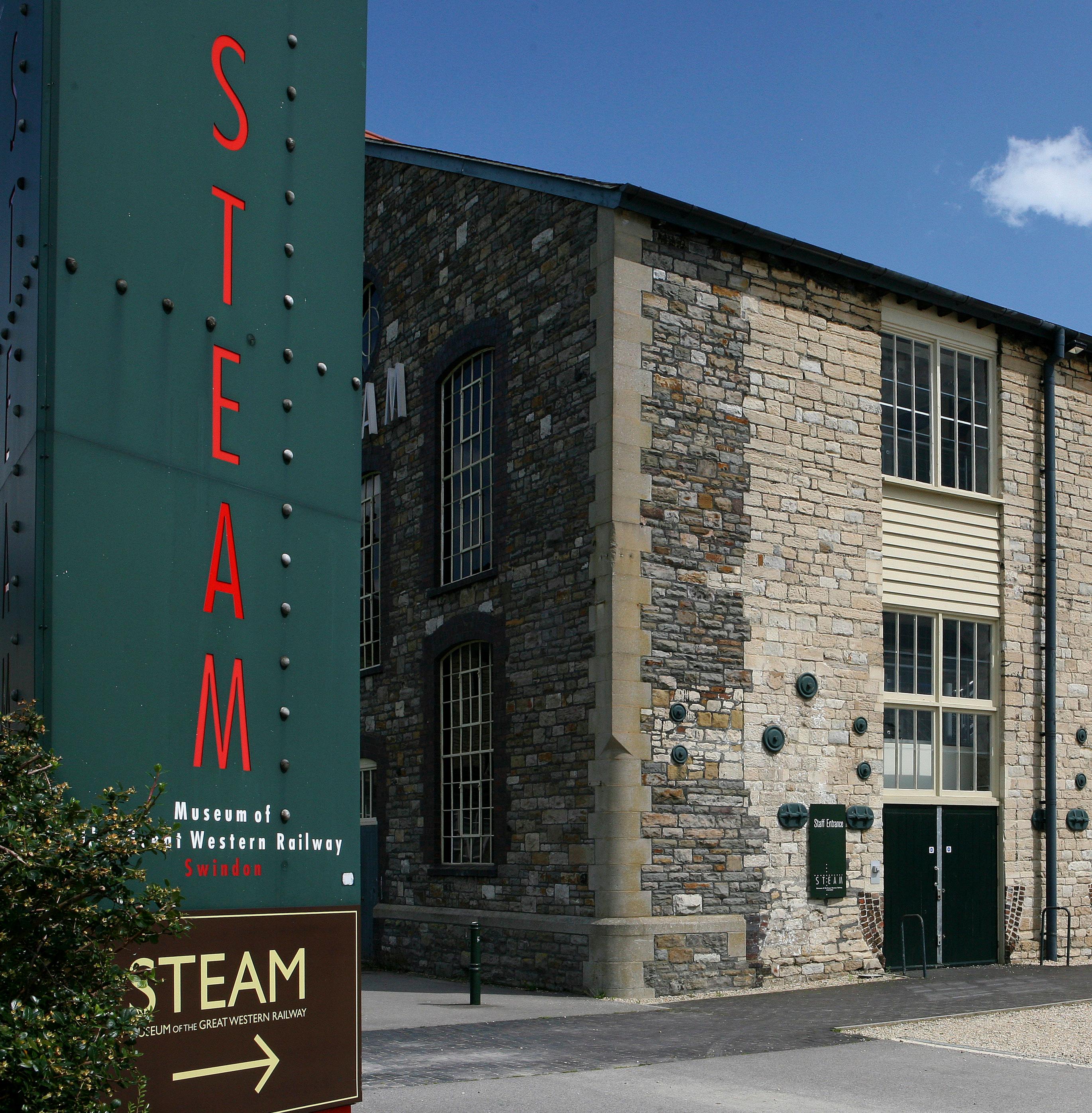
10 minute read
WILL THE OFFICE EVER BE THE SAME AGAIN?
CLARK HOLT COMMERCIAL SOLICITORS ON HOW VIRTUAL WORKING AND RURAL LOCATIONS COULD BECOME PART OF THE NEW NORMAL.
In mid-March this year many businesses locked up the physical office, waved goodbye to their employees (with laptops under wing) to fully embrace a “work from home” lifestyle and swiftly got used to the new virtual office culture via Zoom or Microsoft Teams.
Advertisement
Many have been surprised that actually this transition was easier than they thought; their businesses are still up and running. Yes, there are some downsides (e.g. missing office banter/team spirit and a sense of feeling a part of something), but there are upsides too and I for one have been enjoying swopping my daily commute for (at last) finding time to fit exercise into my day on a regular basis.
It seems that this Covid-19 crisis has perhaps forced the death of the “presenteeism”/”bums on seats” office mentality and many of us are starting to rethink what “the office” will be like going forward.
So, what next? Boris says: get used to the new normal. What will that be? It seems we are witnessing the birth of a healthier office/working life regardless of whether Covid-19 is eradicated or not. This should be embraced and a new balance is in the process of being found by many people.
As a commercial property lawyer, I am finding this interesting. Clients are starting to rethink their office needs and this thought process seems to be much broader than simply do we need such a large office still?
Some are now considering serviced office accommodation with all the informal business networking and lifestyle benefits that go with that- especially if there is a garden roof terrace or a gym! Others are looking for more rural locations and there are some pretty stunning farm courtyard and barn conversions out there, which add to a sense of wellbeing upon arriving at work.
We are fortunate in the Swindon area to be able to source both serviced office accommodation and rural office locations in the glorious surrounding Wiltshire/ Gloucestershire/Oxfordshire countryside, plus enjoy the transport connectivity that having an office in southern central England provides.
Landowners and developers also have this office culture shift on their radar and one would expect to see some changes going forward and hopefully new or revamped office stock.
As to what to do if you are tied into an office lease, we at Clark Holt can help you with that. There might be a break option that can be exercised, you might be able to negotiate a surrender deal with the landlord, you might be able to sublet (all or part of the office space) or assign the lease to a new tenant.
It seems we are all re-evaluating many things in our lives currently and there are a lot of positives coming out of the pandemic situation. There are options. Explore them.
Renata Lovat Short Associate Commercial Real Estate Solicitor, Clark Holt clarkholt.co.uk
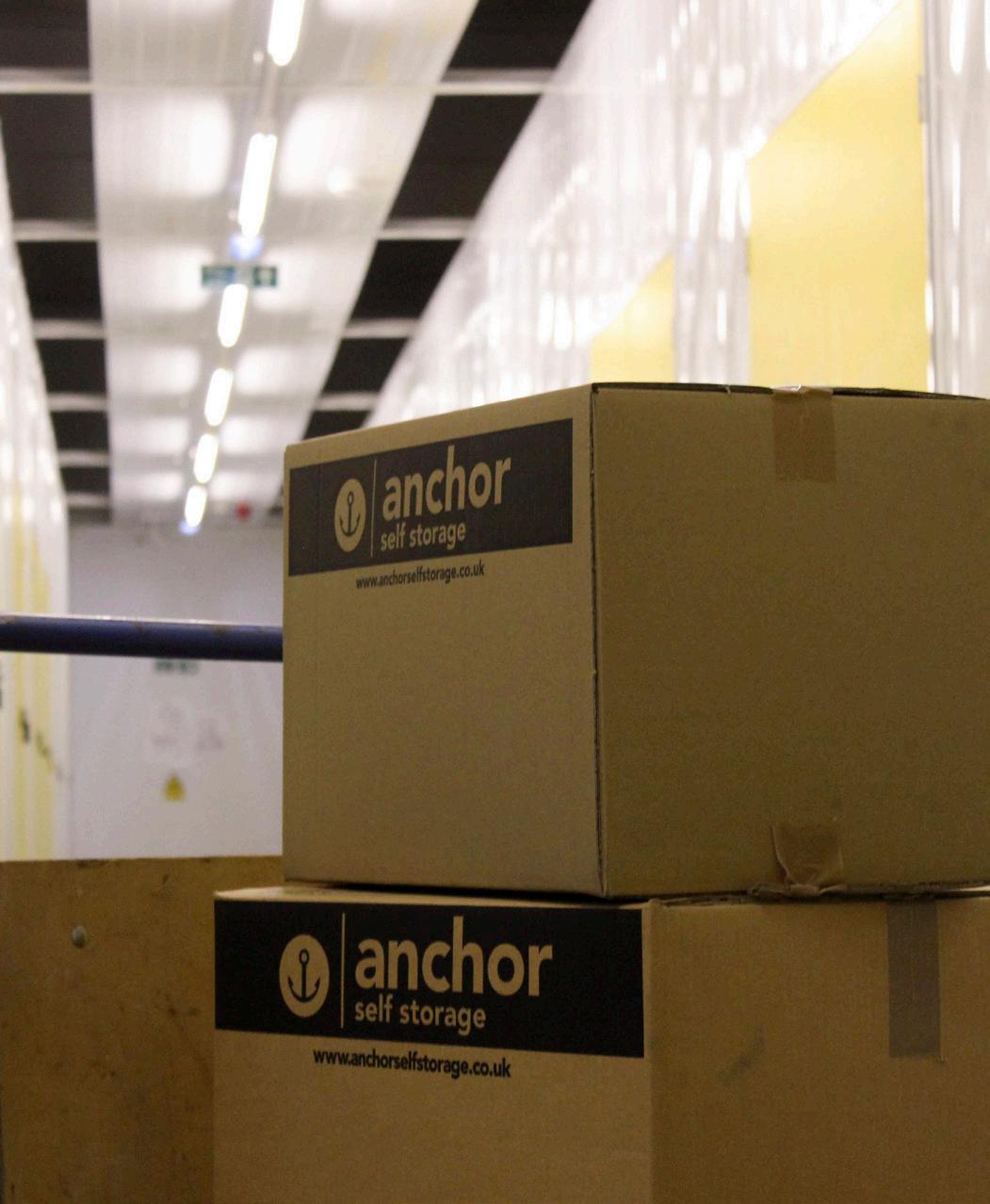
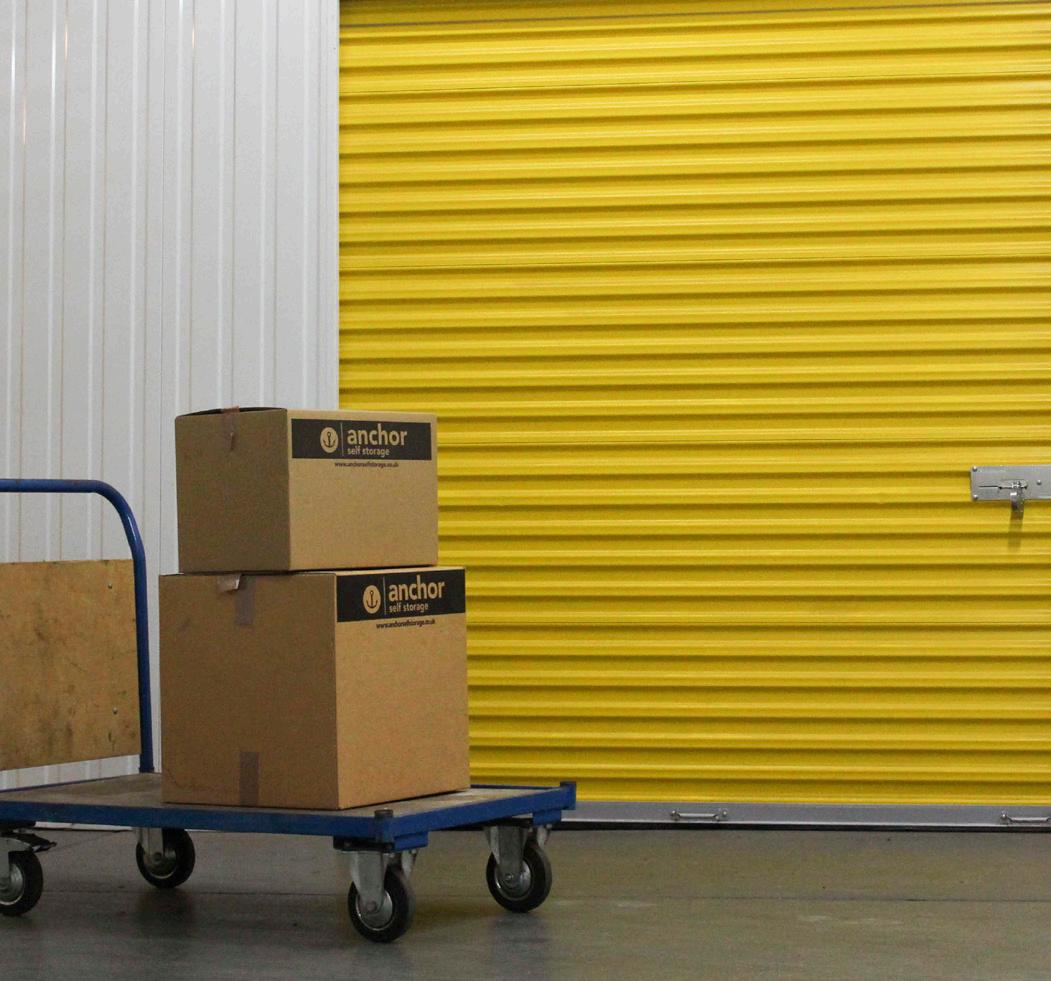
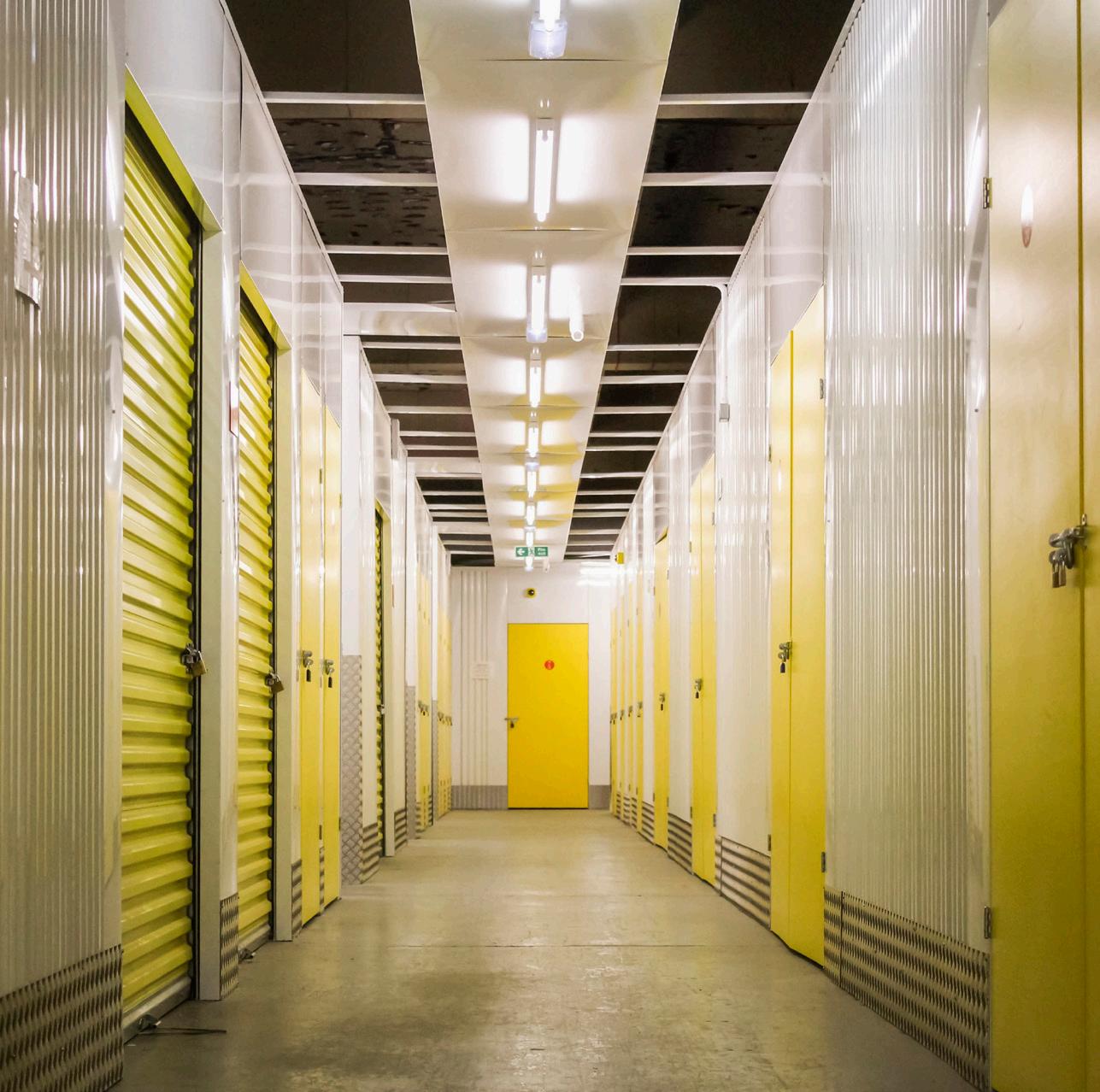
ANCHOR’S GUIDE TO MAKING THE MOST OF YOUR SELF STORAGE UNIT
TIANA BROWN FROM SWINDON’S ANCHOR SELF STORAGE ON HOW TO PACK ALL YOUR WORLDLY GOODS BEFORE THE BIG HOUSE MOVE.
So, you are in the process of making that big house move? And now you just need a safe storage facility to store all your possessions before getting the keys to your new dream home.
Your belongings can easily be misplaced in your move if they’re not organised when you begin. A storage unit is a great way to ensure they are safe and all in one place whilst in the moving process. No matter what you decide to pack in your storage unit, the tips below will help you protect everything from your flat-screen TV to your winter coat.
1. Label everything: Before your belongings get lost forever in a sea of boxes, write down a list of what is going into the storage unit. The inventory should include:
Photos of serial numbers, model numbers, and brand logos, when applicable A brief description of the item, including if there is any damage pre-move For expensive items, their relative monetary value How and where you packed the item (in a box, storage bin, or something else)
As well as this, write on the side of every box with its contents, that way you save yourself from looking through several kitchen boxes to find those large dinner plates
2. Save on space: Time to put those Tetris skills to good use! Try and move your heavy and large items into your unit first, smaller boxes can then be stacked on top. Storage units are around 11 ft high so stacking is key when it comes to saving the most space.
3. Clear the clutter: You would be surprised how many items people donate to charity once they clear out their units and we have great local charities who are happy to take your old furniture, but if you can clear it before you arrive you can save more space and money. Don’t worry, we have a list of great charities onsite if you don’t manage it.
4. Use the right packaging materials: Once you have spent time making your list and organizing, there is nothing more frustrating than a box that splits open when you’re carrying it. Anchor have packing boxes available on site in our Box Shop, but any sturdy packing boxes will help keep your things in the place they should be.
Whilst our units are dry and weatherproof, your items can still collect dust, so dust covers are a great way to add an extra level of protection to your items.
If you need to tape coverings over more fragile items, be careful not to tape directly onto furniture. This could cause accidental paint or fabric removal, ruining the furniture you're trying to safely pack for your storage unit.
When packing white goods/appliances for storage, drain any remaining liquid from the appliance, remove glass shelves or fragile pieces (to be packed separately). To avoid odours, you can place baking soda inside the appliance.
Pay special attention to your electronics. If possible, pack electronics properly by storing them in their original packing. Label and take photos of wires before unplugging them. Then, wrap items in packing paper or household linens to ensure that electronics will be protected if the box they are in is damaged.
When packing clothes for storage, consider using plastic tubs with clip-on lids for ease or vacuum bags for maximum space saving. Try and make sure your clothes are clean and folded to ensure they’re ready for long-term storage.
5. Talk to us: Our reception members are always on hand to answer your questions, help you transfer unit sizes if you ever need it and we always want to get you the best deals! Anchor Self-Storage units offer 24/7 unlimited access via swipe card and are monitored by an onsite security team and CCTV. Storage units range from 15 sq. ft. to 800 sq. ft. As the housing market reopens, Anchor is allowing for the extra time transactions may take, by extending our introductory deal, offering a 50% discount on self-storage units for the first 16 weeks.
Tiana Brown Anchor Self Storage Swindon anchorselfstorage.co.uk
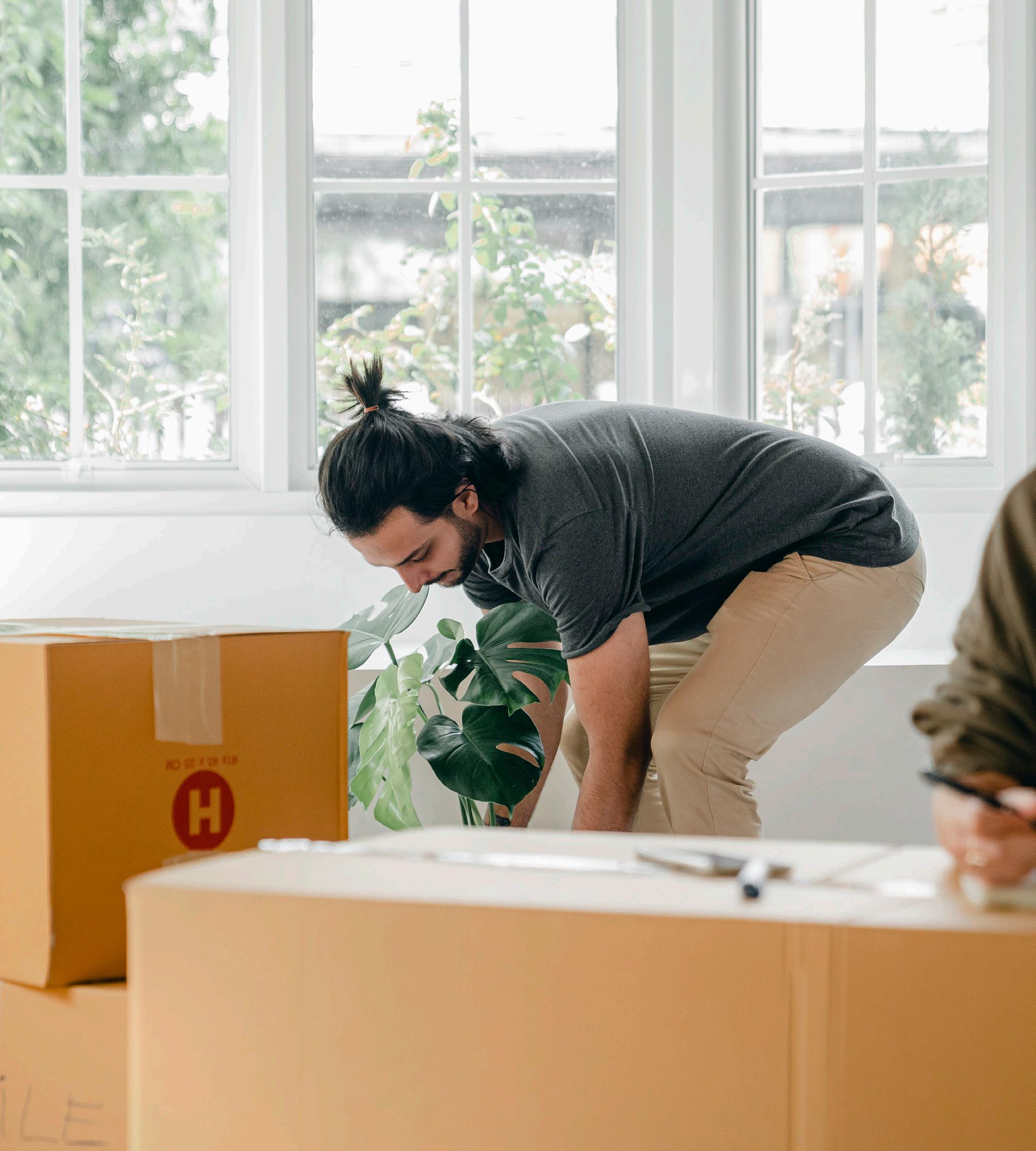
FOLLOWING THE GOVERNMENT ANNOUNCEMENT THAT IT IS NOW POSSIBLE TO MOVE HOUSE AFTER THE EASING OF SOME LOCKDOWN RULES, WE HAVE PUT TOGETHER SOME USEFUL TIPS AND ADVICE TO KEEP YOU SAFE.
CONTACT WITH YOUR SOLICITOR Where possible conduct all meetings and conversations over the phone, by video call using Zoom, What’s App or Skype, and of course you can continue emailing. At Goughs, we are all available via these mediums.
VIEWING PROPERTIES In the first instance, take a really good look at all images available online, reading floor plans and room descriptions, too. This will ensure you are only viewing properties that really are what you are looking for and you’ll avoid any unnecessary risks. Many agents have now created video tours which can give you a great feel for a property and help you decide if it is right for you before you go to view.
Wear gloves and a mask when viewing. This will protect you and those still residing in the house you’re visiting. Avoid touching any surfaces, instead asking your estate agent questions if you have any.
Visit your new potential property with as few people as possible. Some agents are limiting the number of people that may view a property at any one time so check in advance.
WHEN POTENTIAL BUYERS VIEW YOUR PROPERTY
When it’s time for photos and videos to be done, ensure your home is looking at its best. It means that people will get a really good feel for the property before visiting. Use the time of the viewing to go for a walk so you aren’t in risk of coming in direct contact with individuals.
Leave all internal doors open. This will avoid the need for any viewers to touch door handles and open them.
Goughs Solicitors has 7 offices based throughout Wiltshire. The firm provides legal advice for both individuals and businesses. If you have any further thoughts, advice or questions we'd love to hear from you so please get in touch by emailing me on sarahthomson@goughs.co.uk.
Sarah Thomson Head of Residential Property Goughs Solicitors goughs.co.uk
HOW MUCH VALUE WOULD AN EXTENSION ADD TO MY HOME?
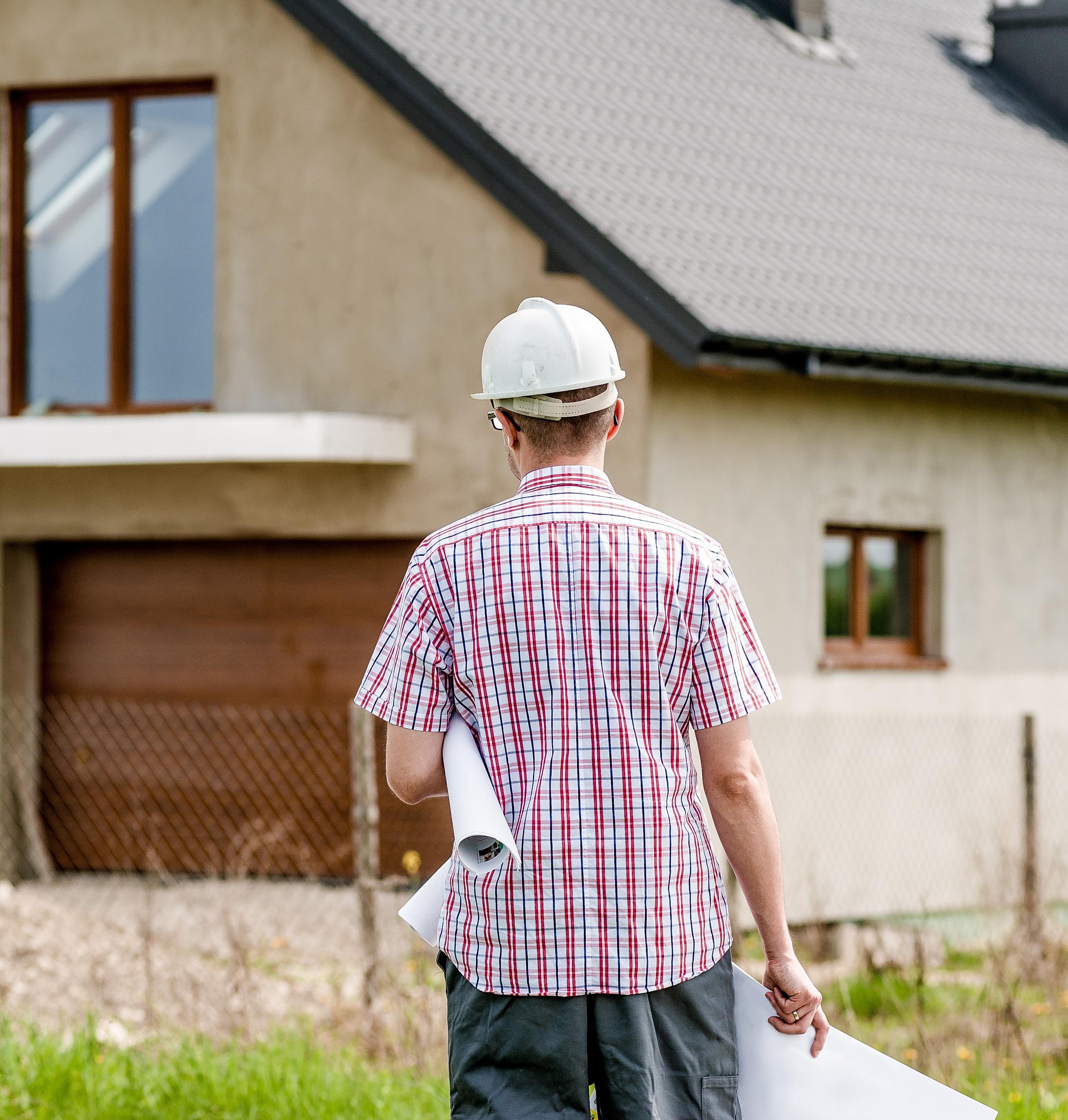
As mentioned in my previous column, there are plenty of extension options out there, and they all generate different value rates. You’re not only paying for building materials and contractors, but also a host of professionals who need to make sure your build follows legislation and is structurally safe. Prices can vary massively based on which company you choose to work on your project and the size of the job. Here are some rough guides to what you can expect to pay for different extensions.
Single-Storey Rear Extension £30,000 - £40,000
The most recognizable extension, and perfect if you have the garden space to spare. A rear extension allows you to open up existing space, such as your kitchen/dining area, or lets you transform the whole of your ground floor.
£40,000 - £50,000
Like a rear extension, but it also incorporates any available side space. These are commonly added onto period properties, mostly from the Victorian era, that tend to have an alleyway to utilize. You could also just take your home out into this alleyway and create what is called a side extension.
Two-Storey Extension £60,000 - £70,000
If you’ve got the money, an extension of multiple levels can revolutionise your home. Expand your living space, add on new bedrooms, the sky’s the limit. Of course, all this extra room will take a hefty amount of work and funds. However, rooms like an extra bedroom generate a lot of new value.
Wrap-Around Extension
Conservatories £15,000 - £25,000
Not only a fantastic way to brighten your home, conservatories have the added advantage of being constructed mainly off site. This can save you money, as well as helping you avoid making concessions at home for construction.
It is always important to do detailed research on architectural designers and builders. Shop around when it comes to professionals – you’ll be surprised by the pricing difference. At ExtensionPro, our prices start at £720 for our planning package, whereas we’ve heard of other architects charging as much as £5,000!
Make sure you get a contract and payment plan that has you in control. Preferably only release payments after agreed design or construction milestones have been completed. If a deposit is required by your chosen builder, bonds are available to protect your initial outlay.
Look into your permitted development rights - this is a scheme set up by the government that allows homeowners to extend without needing planning permission. The rules can get a little complex, so have one of your building or architectural team talk you through this.
Finally, always ask for references when it comes to the contractors building your project. If possible, request a visit to see their previous work. If any professional refuses to put you in touch with past clients, stay clear!
Bradley Quesnel Managing Director ExtensionPro extensionpro.co.uk



